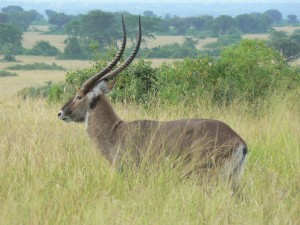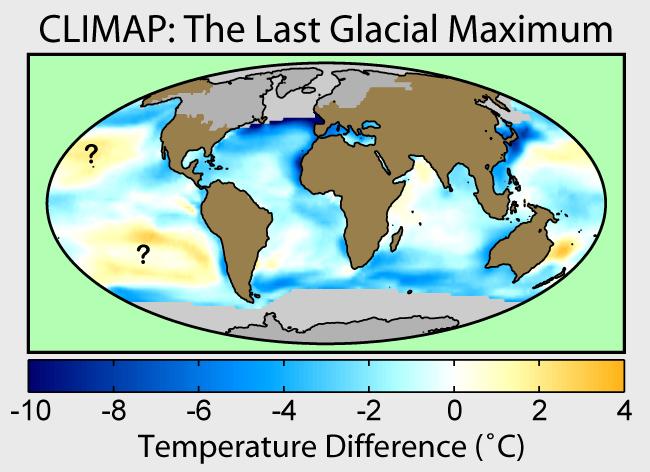Part IV: Pleistocene Epoch
THE PLEISTOCENE EPOCH (~2.6 mya – 11.7 kya)

The Pleistocene Epoch is commonly known as the Ice Age. The climate of Africa continued on the trajectory that began in the late Miocene and continued throughout the Pliocene (see Figures IV.2 and IV.3). While the Pleistocene was characterized as a period of global cooling, glacial advances, and dropping sea levels, the cold periods were interspersed with interglacial periods when the ice retreated and sea levels rose (see Figures IV.2, IV.3, and IV.4). Even within glacial periods, the climate varied. Animals in northern areas that were not adapted to arctic conditions went extinct or moved south when temperatures dropped and vice versa. They pushed in and out of Africa, in response to those climatic pulses.


Elizabeth Vrba claims that there was a pulse-like turnover in faunal populations in East Africa at ~2.5 mya, in response to climatic change. Termed her “Turnover Pulse Hypothesis,” she finds evidence of an increase in bovids (cow-like animals like wildebeests and water buffalo) and their predators and a decrease in forest-dwelling ungulates, corresponding to an increase in dry savanna environment (see Vrba 1985 and subsequent publications). Based on deep sea cores, we know that by 1.8 mya, there was a definite increase in the sahel-type of environment. Thus evidence from past flora and fauna supports the more robust craniofaciodental anatomy of species that lived during the early Pleistocene, e.g., Au. garhi, Au. aethhiopicus, P. boisei and P. robustus. They would have needed stronger chewing abilities and thicker molar enamel to process more dry-adapted vegetation. Once the more gracile (in term of their masticatory apparatus) Homo species came on the scene, the East African hominins would come to represent an example of niche partitioning. Fossil sites suggest that P. boisei, H. habilis, and H. egaster could have been sympatric (i.e. overlapping geographic ranges). Thus while Au. aethiopicus and P. boisei survived by what might be termed masticatory brawn, the more encephalized Homo species used their brains and tools to consume a higher-quality diet. We can thus see that hominins were some of the colonizing species of the African savanna.


